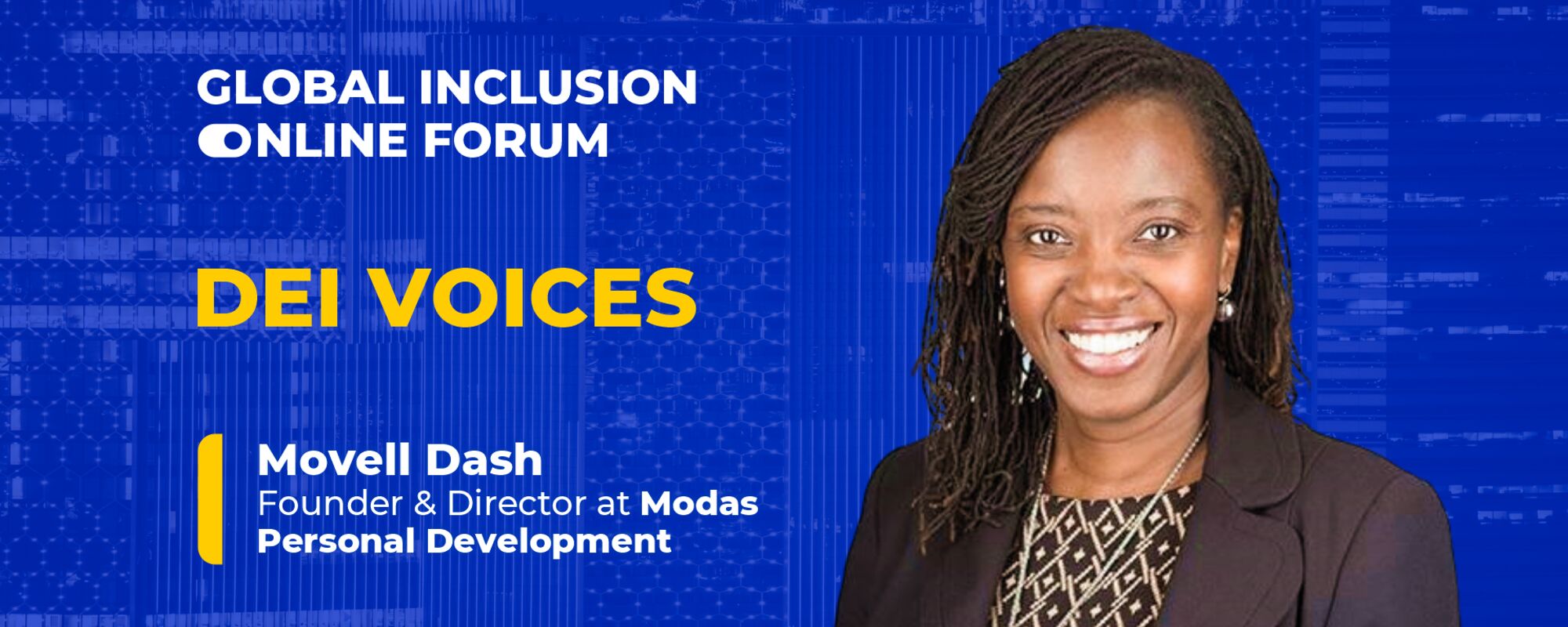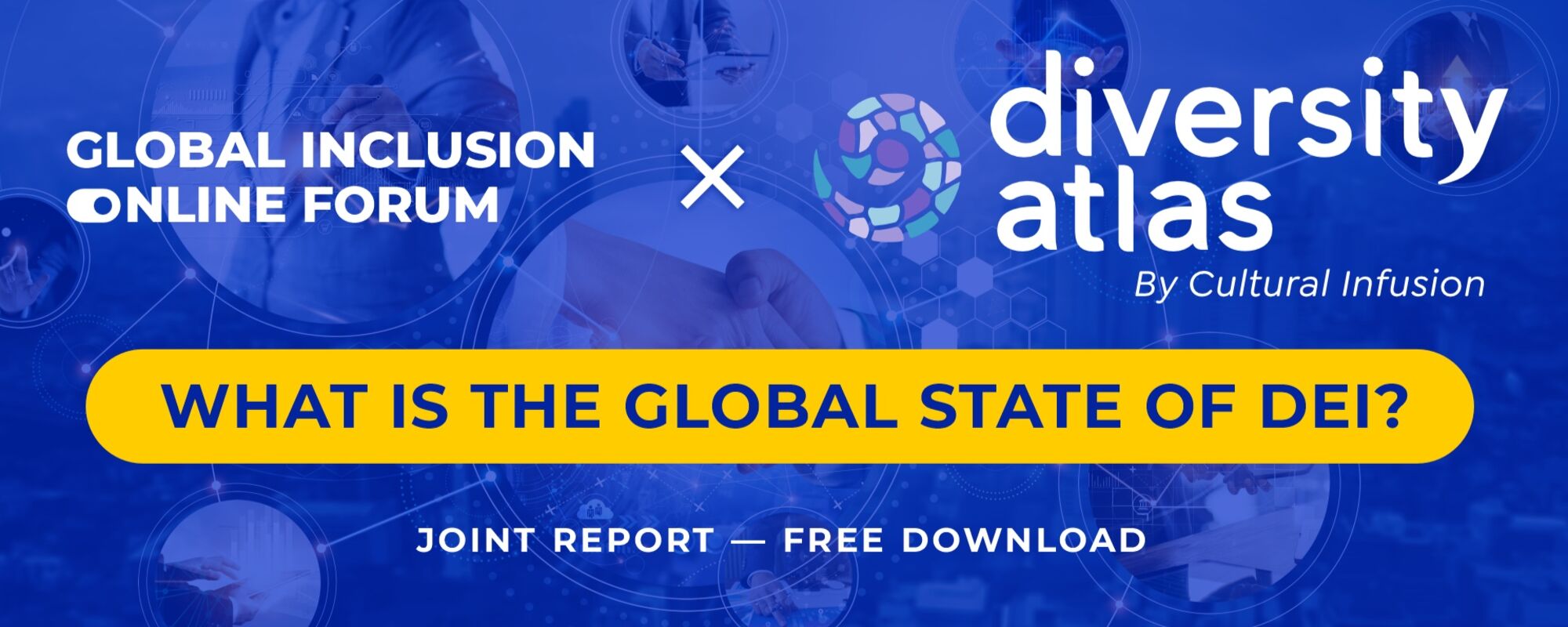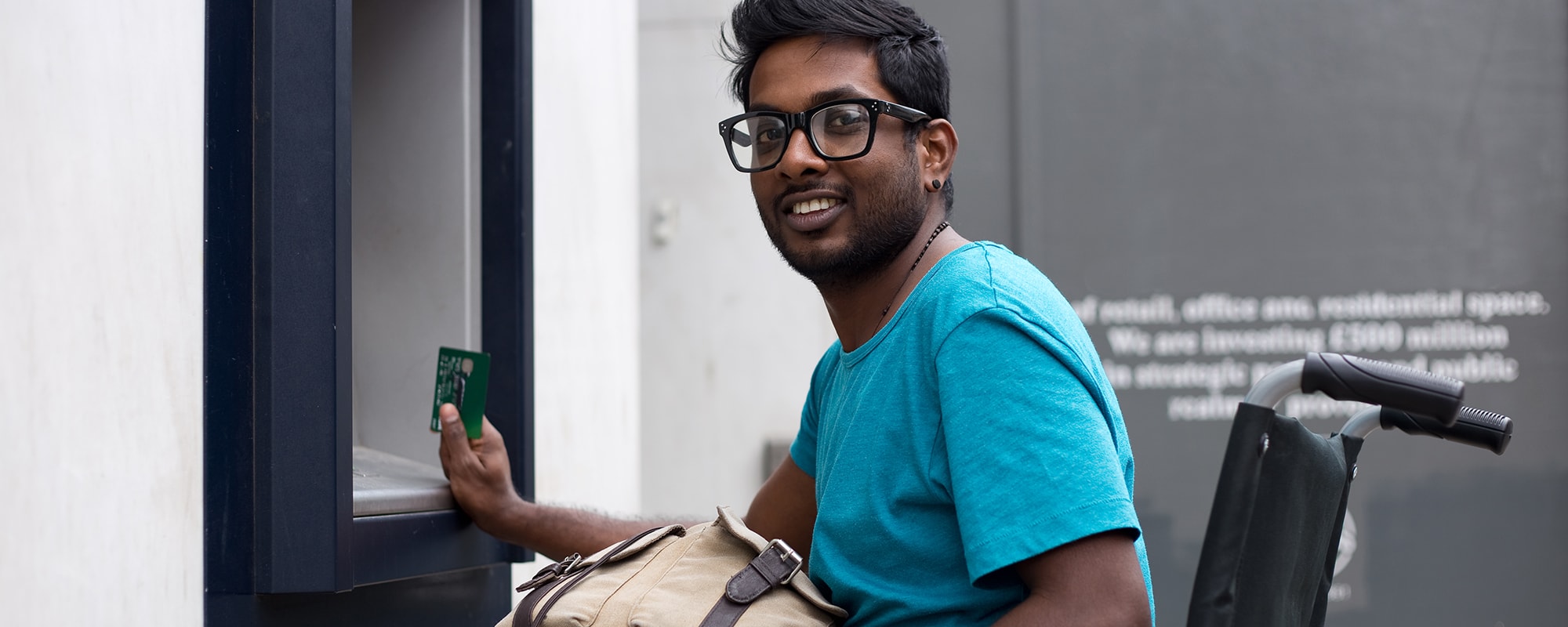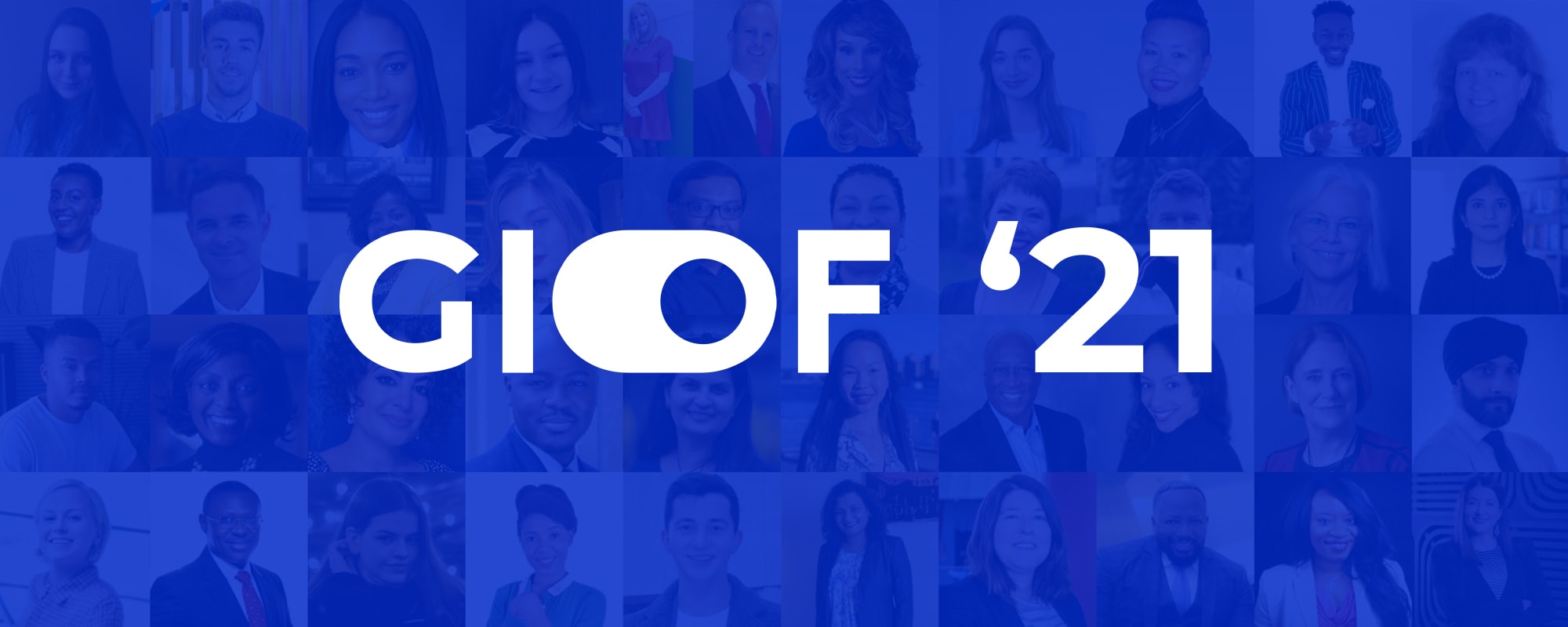DEI Voices: Movell Dash - Founder & Director at Modas Personal Development

With 20+ years of experience as a DEI practitioner, Movell has worked with a number of organizations including Goldsmiths University, Business in the Community, Burberry and Ovo helping them to create sustainable transformation in equity and inclusion.
As a Gallup Certified Strengths coach, Movell works with organisations providing executive coaching and helping them in building strengths-based teams to improve confidence and productivity. She provides executive coaching and DEI coaching to senior leaders up to C-Suite.
Her case study presentation, 'Managing DEI Fatigue - CRIPS Model' during our #DiversityFatigueSummit on May 18th took the 1,400+ registered participants through the 5 stages of the CRIPS Model they can use to prevent as well as manage DEI fatigue if it occurs.
Here is an excerpt from her detailed case study presentation, and subsequent Q&A with the virtual audience.
Q: So, Movell, before we proceed with your presentation, we would like to ask you what do you think is the most common root cause of diversity fatigue in the workplaces that you have worked with?
I would say that there's lots of different causes, but underpinning most of them is communication and it’s a lack of communication in good times, is a lack of communicating the right things, It's a lack of listening to what people actually want. So, there's many, many reasons, and I'll cover some of them in the presentation, but I think underpinning all of them is communication.
Thank you for that. So now the floor is yours and we can’t wait for your presentation to start.
Awesome, thank you very much. Okay, So as we've talked about before, you've been listening to stuff all day about diversity fatigue. So I'm not going to delve too much into what it means, but we're going to cover today the impact of fatigue on individuals and organizations. And I'm going to do that through the lens of a case study, which is basically a case study of an organization that I've worked with and how I helped them to overcome and manage that fatigue and to prevent it going forward.
So understanding what the diversity fatigue is, the definition, as I'm sure you know by listening to things today, is the sense of exhaustion and decreased motivation that individuals and companies on an organizational level can receive in relation to their diversity inclusion efforts. Sometimes it stems from a continuous struggle against systemic bias and some of the barriers that are created by that bias. So what we need to do is figure out how we're going to get past that and help to manage that so that we can kind of keep that minimum and help people to understand the importance of diversity, equity and inclusion.
So some of the causes of diversity fatigue and I mentioned just now that communication underpins most of them, but a lot of the causes are it will include things like overwhelming workload and competing priorities. There's a resistance to change and lack of support from colleagues, and that's most often experienced by the practitioner. Often organizations will have a team of one being a diversity and inclusion practitioner, and that can be a very lonely place. And sometimes those practitioners don't get the support that they require from their colleagues, from their stakeholders, and so it can lead to fatigue.
Other causes are experiencing and witnessing discrimination and bias. If that continues on a regular basis, organizations will find that people will disengage from DEI efforts because they'll think that they're not worth it. And then there's an unrealistic expectation and limited resources. I mentioned a team of one as a diversity equity and inclusion practitioner, which is a position I find myself in sometimes, and that can lead to people requiring more of you than you are able to give, given that you're just one person.
And then finally, one of the bigger causes is tokenistic gestures. Organizations since the murder of #GeorgeFloyd have wanted to do more, and the diversity, equity and inclusion space. But some of that has led organizations to just lead to delivering tokenistic work and not necessarily stuff that's meaningful. And that includes everybody. And when that happens and you've got organizations doin one off things that don't really lead anywhere, people can become really tired and really bored. And that's where the fatigue sets in because they believe that it's not being taken seriously by the organization.
I created the CRISP model to help DEI practitioners to manage their fatigue. CRIPS stands for communicate, rest, initiate, pace and stay the course.
COMMUNICATE (C) is really just about sharing how you're feeling. I think it's really important for practitioners that when you are experiencing any kind of fatigue and not just fatigue, any things you come, you experience any kind of issues with getting your job done. One of the key things that you need to be doing is communicating that, what is communicating that to your line managers, communicating it to your stakeholders, just letting them know that there are issues that you're facing in terms of trying to get your job done. And if you're able to communicate that to people, then it makes things a bit easier because when you're suffering in silence, people can make up their own minds about why it is that you're not delivering or why you're not attending work. Why is that your morale seems to be low? So my advice to talk to people in terms of following this model was to, you know, communicate exactly how you're feeling. Let your managers know specifically that you're feeling overwhelmed and that you need more support.
Then following on from that is REST (R), it's best to just take some time out if necessary. And I know that it can be difficult to take time out when you know that work is pressing and that you need to get things done. But sometimes you need to slow down to speed up, and if you don't rest, then you're not going to be any good. So anybody that has a long term effect on all of the work, right. So I always advise people to just take some time out, take some rest. If you can't take time out in terms of days, then build time into your day to get some of that rest in so that you can come back stronger and better to do your job.
And then the I is INITIATIVE (I). And by that I mean initiate the processes that are available for you within your organization. You know, most employees will have an employee assistance program or at the very least, someone that you can talk to, whether there's mental health status or, you know, some other kind of space that they provide for you to have a conversation. I think it's really key to get that support, that emotional support for yourself as an individual. That's notwithstanding the support you might get to do your job in terms of the work, but it's getting that support that you need to do your job and to make sure you're taking care of your own emotional well-being. And then after you take a break and you initiate those processes, come back and think about the PACE(P) at which you're working. It’s pacing yourself so that you're delivering stuff in a timely manner. But it's making sense to people. So part of that pace is making sure that along the way you're communicating with your stakeholders, you're communicating with the employees and your organization. You're letting them know what's coming, when it's coming, why it's coming. So you're pacing yourself in terms of managing your workload, but you're also helping to create that pace for the organization that makes things easier for them to digest.
And then the final thing is STAY THE COURSE (S), it's very easy to feel defeated, especially doing this work. I've done it for 20 years and I do love it, but there are times where I have felt like giving up and so it's really about making sure that you're sticking with it, right? You started to do it for a reason. So, you know, I'm also a coach and one of the things I tell my clients all the time is remember your why when you start to feel like you're you don't know why you're doing what you're doing and you've had enough, just remember your way. Think about ways that you can celebrate some of the successes that you've had and think about ways that you can evaluate the effectiveness of what you've been doing and just stick with it, right? Just accept there's going to be challenges. Try to anticipate them. The longer you do the job, the more you can anticipate some of those challenges and work with them. But it's important to stay the course.
And that's the CRIPS model!
And in order to get it sustained and implement on a more maintainable and manageable basis, you really need that commitment from everybody, because we as practitioners know and we tell people all the time, DEI is not just the responsibility of the practitioner, it's the responsibility of everyone that walks in the organization.
And so we really need to make sure we're getting that commitment and that buy in. And if we get that, then we don't have to worry about some of the damage to reputations. I mean, that attrition and that burnout.
It's really simple to implement the CRIPS Model. But what underpins it and what underpins everything that I've said in terms of including what the problems are, is communication. You have to have that communication with your people. It has to be two-way so that you're hearing people and understanding if they are fatigued as early as possible and what's causing that fatigue.
So by following the CRIPS Model, I've seen success with my clients and I think that you can see that success too, if you kind of just implement it. But overall, just listen to what your people want and then you're more likely to reduce that fatigue because you're getting that buy in.
So that's my presentation. I'm open to any questions. But in anticipation of the fact that some people are reflectors, some people like to sit and listen and think about things, please do reach out to me on any of these mediums and I'm happy to have any conversations. Thank you.
Audience Q&As
Q1. Which ways do you measure the success of the CRIPS Model?
Success can be measured by creating a baseline of how much fatigue you're dealing with (Staff surveys can be used to help create the baseline along with ERG led focus groups) and what is causing the fatigue. Once baseline is established, you will be able to run the CRIPS model and then retake the survey and focus groups to see whether there has been a shift in fatigue levels.
Embedding DEI and making it about ‘being’ is all about normalising it. Some of the easiest ways to do it is to have it explicitly on meeting agendas so that it is discussed at every meeting. This can range from having specific topics e.g. micro aggressions, gender equality etc on the agenda to simply asking yourselves at the end of the meeting how inclusive you have been. The hope is that at some point DEI becomes a normal part of your meeting culture so that it no longer has to be explicitly mentioned on the agenda, it becomes part of your culture i.e ’the way we do things around here’.
Q2. What are some strategies to stay the course when there are changes in leadership/direction?
Every organisation should have a company wide DEI strategy. This is something that should be reviewed regularly to make sure that it aligns with what your data tells you to prioritise. If you have a strategy, if/when leadership changes or there are shifts in the company direction, the strategy should be reviewed with the new leaders or in light of the direction change to check for alignment.
Make sure that you are always gathering DEI data. The data doesn’t lie, it will tell you exactly what you need to be doing in the DEI space, so even if there are changes in leadership/direction, you can always rely on the data to guide and support your efforts. The actions will be clear regardless of who your leaders are. if there is a change in direction, you should be willing to reprioritise some of your plans whilst ensuring the DEI stays firmly on the agenda.
Q3. How much does it annoy you that DEI practitioners have never experienced...DEI things?
I'm less concerned with whether a practitioner has experienced ‘DEI things’ and more interested in whether they have the knowledge, skills and ability to do the job. It may be easier for someone to understand and empathise with some of the issues faced by those most impacted in the DEI space if they have lived experience. However, being of a particular demographic is not an indicator of a persons ability to be a practitioner.
All too often I have seen people be given the role of practitioner just because they are a woman or black or part of the LGBTQ+ community and those people dont have the requisite knowledge or skill and they do a disservice to themselves and those they are meant to be serving. I would love to see people who are given the role without any knowledge, skill or experience being supported through training, coaching and mentoring if they must be chosen for the role. Of course, the best course of action would be to hire practitioners with a proven track record and have them report directly to a member of the C-suite with the power to enact real and sustainable change.
Q4. How many people were in the organization that you were talking about and how many DEI practitioners were there?
So there were over a thousand people in that organization. And that was a team of one person as a practitioner.
Q5. What do you do if no one is listening as DEI can often be a slow process and change?
Yeah, I think it can be really easy to give up and oftentimes it feels like people aren't listening. But we don't as practitioners, we don't often get to go out and speak to people. So I think if you feel like no one's listening, create spaces to allow people to come and have conversations during their office hours or, you know, brown bag lunches, whatever it is, create space for people to come and talk to you. So you can sit with people and talk to them and find out why they're not invested, what it is that stops them from buying into what you're saying. Because oftentimes people are listening, but they're not necessarily able to hear what you're saying, what to get on board, because they don't always understand, because it is something that in a lot of organizations is new. And if you're doing it right, you're doing it bespoke. So you're not just a cookie cutter, you're doing what is important for your specific organization. So I would say if you feel like people aren't listening, then create spaces to actually go out and talk to them so you can find out what's what The sticking point is.
Q6. You talk about communication. That's like the first element of your CRIPS Model. Can you elaborate on what kind of communication tools and methods you used to really get your message across to convince people in doing something?
So it has to be bespoke to your organization, the last thing you want to do is copy what another organization is doing, because your organization has its own culture and paying attention to the organization's culture is really important. So for some organizations it will be things like, like I said, having a brown bag lunch or having some lunch and learning where you can have people come in and talk to you about DEI. For others, it may be things like working with your comms team. Most organizations will have a comms, so you sit and you craft messages based on what you're hearing or speak with your ERGs because they really have an ear to the ground and they understand what the people want, to have conversations with them and craft messages that speak to what people are saying on the issues and what they want . Use your data that comes from anywhere across the organization. Just gather as much data as you can to support what you're trying to do and then craft that into messages and communicate with people. You can do that through blogs. If your organization has a blog. Most organizations have a Slack channel, so be regularly putting information out to people so they can understand what's happening and why you're doing what you're doing. But then create forums for them to speak to you. So Slack is great for that because you can have conversations with people in real time. But if you can't have that, then I would suggest again, creating office hours or luncheon lines where people come and speak to you. But you know, the thing that most people should be doing is using the Internet, whatever internal communications you have, making sure you communicate consistently and often so that people know what's going on.
To learn more about the CRIPS Model, the case study and connect with Movell Dash, contact her directly:
+44 (0)7980 579804
https://www.linkedin.com/in/movell-dash/
#DEIVoices

 Blind Hiring Summit: Embracing the New Age of HR
Blind Hiring Summit: Embracing the New Age of HR DEI Data Summit
DEI Data Summit Diversity Fatigue Summit
Diversity Fatigue Summit GIOF 2022 Annual Meeting
GIOF 2022 Annual Meeting Banking for everyone: Arising accessibility trends in banking and financial services
Banking for everyone: Arising accessibility trends in banking and financial services GIOF 2021
GIOF 2021 GIOF 2020
GIOF 2020